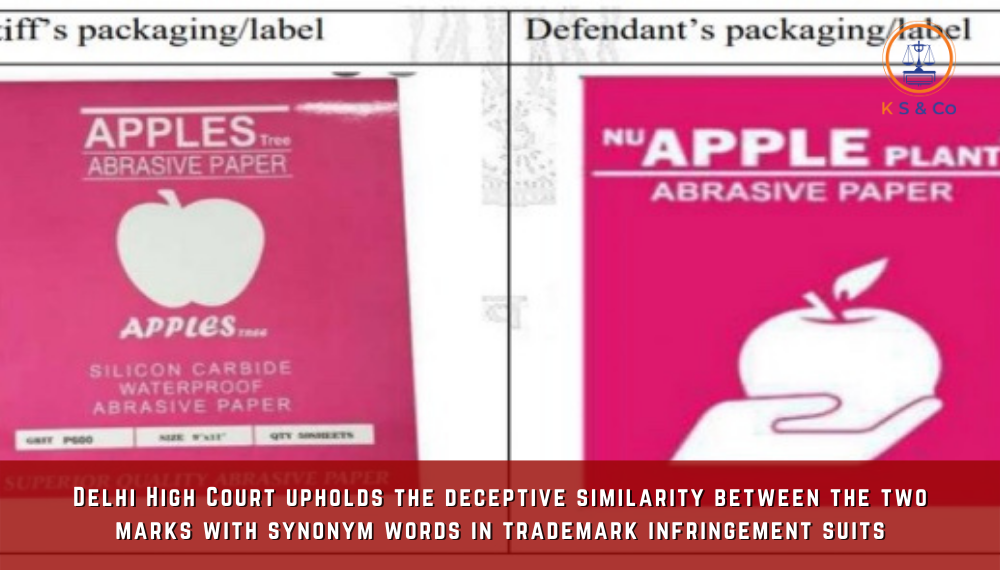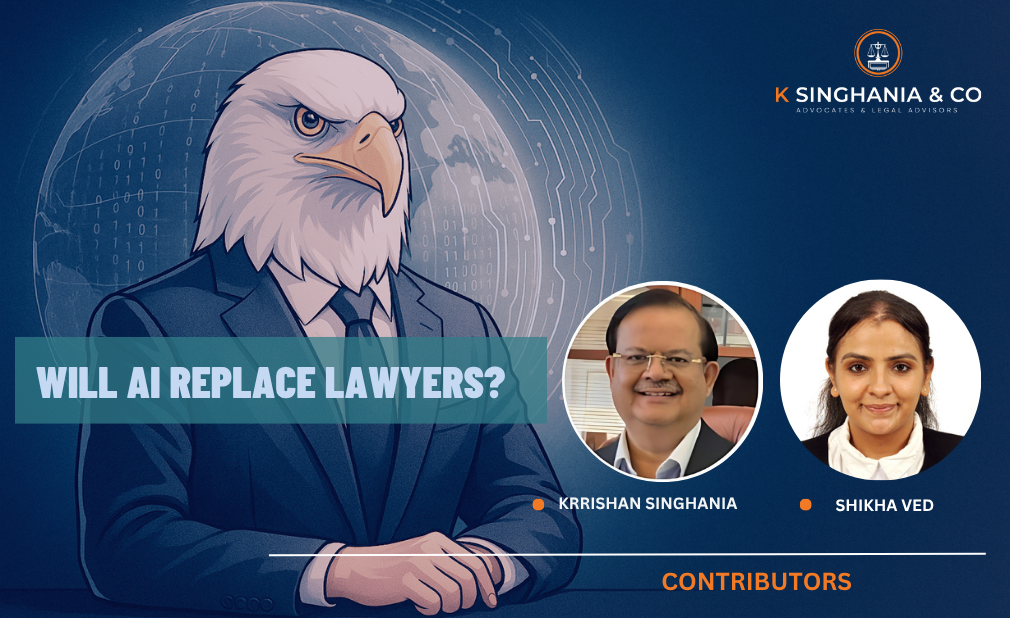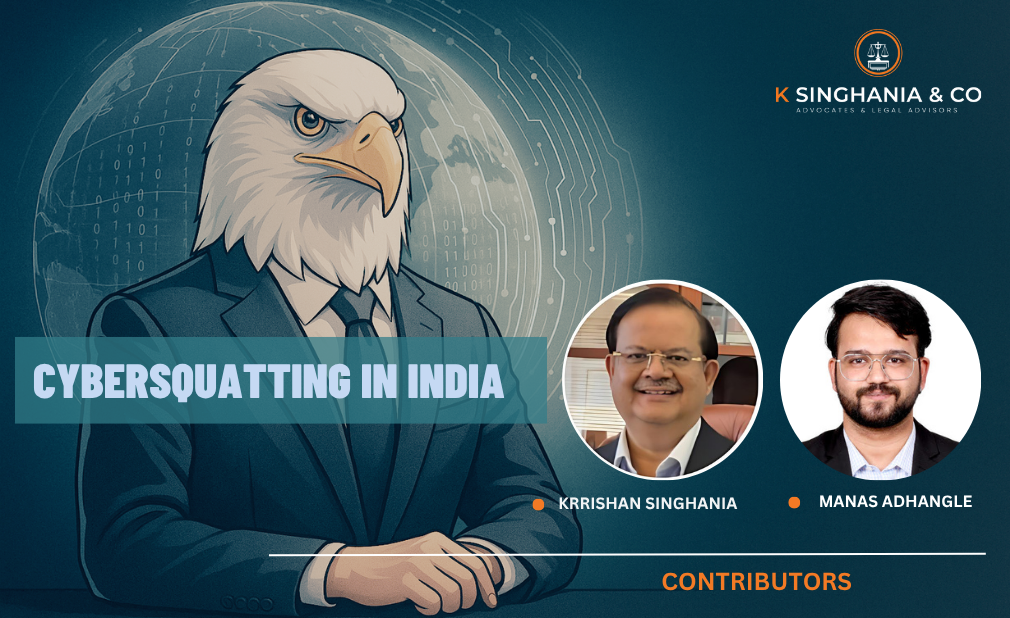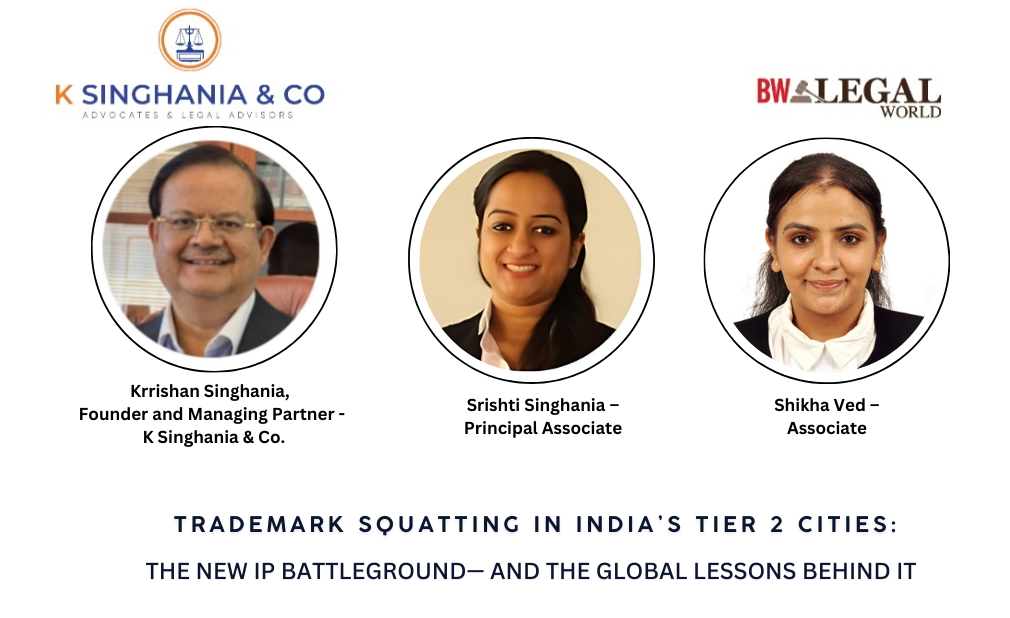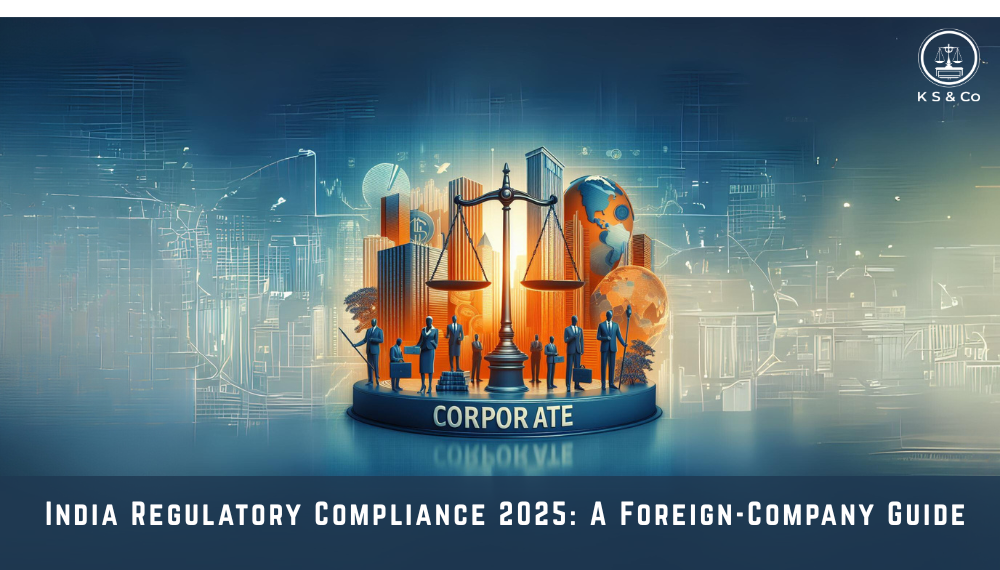CASE TITLE
Amitabh Bachchan v. Rajat Nagi
[CS (COMM) 819 of 2022],
FACTS OF THE CASE
The brief facts of the case are that the defendant was using the photo and other characteristics of Amitabh Bachchan to run an online lottery on certain mobile applications without the permission of the actor. The defendants were also using the logo of KBC with which the actor has been associated for many years.
The former Solicitor General of India and Amitabh Bachchan’s attorney, Harish Salve, briefed the court that complaints had been made alleging that the lottery advertisements were a fraud. He added that some people were producing t-shirts with Amitabh Bachchan’s image and that others were selling his posters. He also added that people were using Mr. Bachchan’s name, voice, images, pictures, likeness and his unique style of dialogue delivery. A person has also registered the domain name, amitabhbachchan.com. The plaintiff alleged that the defendant was using the personality traits of the actor without the authorization for the intention of commercial purposes.
Through the lawsuit, the plaintiff asked for an omnibus order, known as a John Doe order, against anyone who had infringed or violated his rights. Additionally, he asked for an interim order prohibiting four of the defendants from transferring, alienating or creating any third-party rights in respect of the domain names amitabhbachchan.com and amitabhbachchan.in.
ISSUE
Whether the plaintiff made out a prime facie case in its favour for the grant of an ad-interim ex-parte injunction on the basis of violation of his ‘publicity rights as a celebrity’?
JUDGEMENT
The Delhi High Court observed that the plaintiff was a celebrity whose image could be exploited for commercial gain. The Court relied on its judgement in the case of Titan Industries Ltd. v. M/s. Ramkumar Jewelers (2012 SCC OnLine Del 2382) and granted an ex-parte ad-interim order restraining the defendants and the “world at large” from infringing his publicity or personality rights by misusing his name ‘Amitabh Bachchan/Bachchan/BigB/AB’, voice, image, or any other attribute exclusive to him for any commercial or personal gain.
The court also noted that not granting an injunction might cause irreparable harm to the identity of the plaintiff and might also bring disrepute to him as the defendants were using plaintiff’s celebrity status for promoting their own activities, without the plaintiff’s permission or authorization. In light of these facts, the court upheld the prayer of the plaintiff.
Further, the telecom department and Ministry of Electronics & IT have been ordered by the court to remove any links or websites that violate the plaintiff’s rights and telecom service providers have been ordered to block access to any phone numbers used by the defendants to spread infringing messages.
K S&Co COMMENT
The above order is a welcome move by the Delhi High Court in the development of Indian Jurisprudence on Personality Rights. While the present case is yet to be finally disposed of, the present order is noteworthy. This judgement will ensure that infringing parties are unable to misuse the goodwill and reputation of celebrities and encash upon their personality rights.
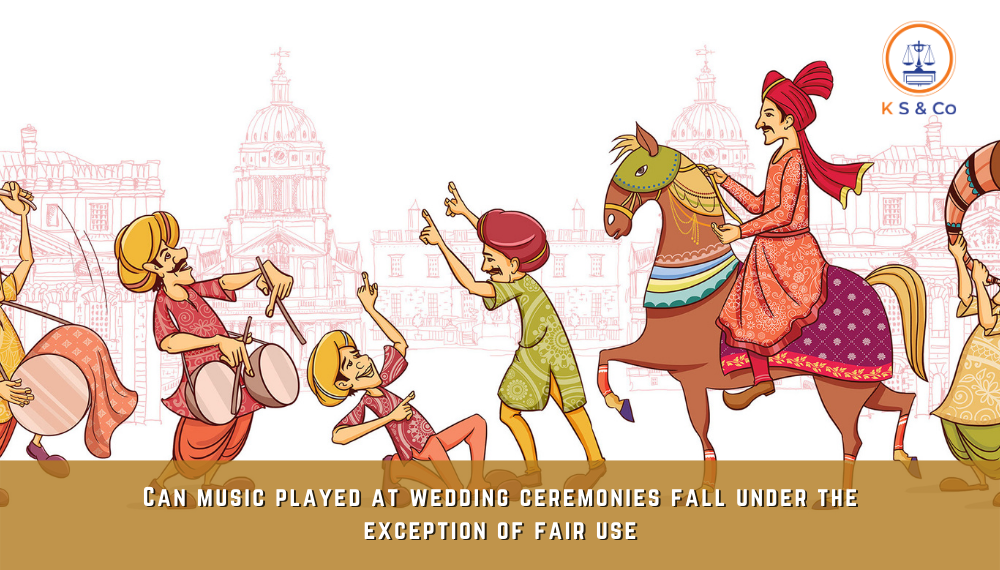
CASE TITLE –
Phonographic Performance Limited v. Lookpart Exhibitions and Events Private Limited CS (COMM) 188/2022 and I.A. 4772/2022, Delhi High Court
FACTS OF THE CASE
Phonographic Performance Limited (“PPL”), the Plaintiff, provides licenses to the public for public performance of sound recordings granted to it by copyright holders of sound recordings. The Defendant, Lookpart Exhibitions and Events Private Limited (“Lookpart”) provides event management services for different social events including weddings.
The Plaintiff filed the copyright infringement lawsuit, praying for an injunction against Lookpart. According to PPL, Lookpart refused to seek a license from PPL for employing sound recordings at social gatherings, such as weddings or commercial venues for which the Plaintiff has exclusive rights.
The Defendant argued that using sound recordings for wedding ceremonies or other related social events, such as wedding processions, does not violate copyright infringement under Section 51 of the Copyright Act, 1957 (“Copyright Act”). They relied on the exception set forth in Section 52(1) (za) of the Copyright Act that by using sound recordings for marriage purposes does not violate PPL’s rights in those recordings. Music played for the purpose of weddings, events and social gatherings does not require the license as provided by the fair use.
At the first hearing of the injunction application in March 2022, Delhi High Court, refused to grant an ad-interim injunction in favour of PPL at this time and instead gave the parties, time to finish their pleadings.
The Hon’ble Court was of the opinion that as music is an essential component of any wedding or marriage ceremony in the Indian culture, the decision will be of significance to the public at large and will impact the society as a whole. The learned Judge appointed an expert to assist the court and provide “a written note of submissions on the issue raised in the present case” invoking Rule 31 of the Delhi High Court Intellectual Property Rights Division Rules, 2021.
Dr. Scaria, the expert, submitted thorough written submissions in response to the aforementioned appointment, which were presented to this court on July 6, 2022.
ISSUE
Whether playing unlicensed music at weddings amounts to copyright infringement?
JUDGEMENT
The Hon’ble Delhi High Court relied on the decision of the Single Judge of the Punjab and Haryana High Court in Novex Communications Private Limited v. Union of India & Anr. The Court in this case quashed the impugned public notice exempting the use of copyrighted sound recordings for the purposes of wedding ceremonies and held that the issue of fair use under Section 52(1)(za) of the Act has to be decided on a case-by-case basis.
The parties to this case have settled their dispute amicably. However, the Court recorded the valuable assistance rendered by the expert – Dr. Scaria and captured the summary of his written submissions to provide a clear stance on this issue.
He emphasised that, in accordance with Section 52(1)(za) of the Copyright Act, 1957, a proper balance must be made between the rights of copyright owners and the rights of users or society through restrictions and exceptions when deciding on the use of music at such ceremonies. The provision specifically provides the exemption of copyright infringement for religious ceremonies. The explanation mentions that the term religious ceremonies includes wedding and other festivities associated with marriage.
The vital constitutional right under Article 21 of the Constitution to perform marriage and partake in marriage-related festivities in accordance with one’s own tradition and culture must be protected and promoted by the interpretation of S. 52(1)(za).
K S&CO COMMENTS
The court’s test to decide use of unlicensed music for wedding as fair use differs on a case to case basis. With an increasing number of disputes in IPR cases, it is crucial for the courts to appoint an expert to ensure that there are significant guidelines for future disputes. The key observations made by the expert in this case provided interpretation of Section 52(1)(za) of the Copyright Act as well as the conflicting rights of copyright owners on one hand and those of the society on the other hand. The court have remained a little ambiguous in regards to interpreting section 52 of the Copyright Act. The courts and legislation should specify clearly the actions which relates to the fair use of unlicensed music.
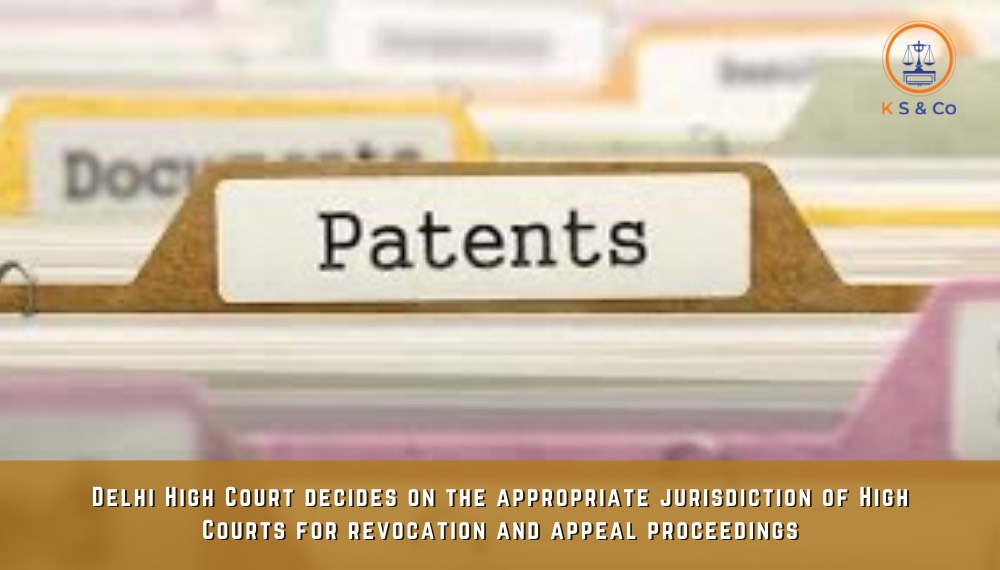
CASE TITLE –
Dr. Reddys Laboratories Limited & Anr. Vs. The Controller of Patents & Ors. C.O.(COMM.IPD-PAT) 3/2021,
Thyssenkrupp Rothe Erde Germany GMBH Vs. The Controller of Patents & Anr. C.O. (COMM.IPD-PAT) 1/2022
Elta Systems Ltd. Vs. The Controller of Patents C.A.(COMM.IPD-PAT) 169/2022
INTRODUCTION
The Delhi High court clubbed three matters “Dr. Reddys Laboratories Limited & Anr. Vs. The Controller of Patents & Ors. C.O”. (CONN.IPD-PAT) No. 3/2021 with “Thyssenkrupp Rothe Erde Germany GMBH Vs. The Controller of Patents & Anr. C.O.” (CONN.IPD-PAT) 1/2022 and “Elta Systems Ltd. Vs. The Controller of Patents C.A.” (COMM.IPD-PAT) 169/2022 and ruled over the jurisdiction of the High courts after the abolishment of Intellectual Property Appellate Board (IPAB).
FACTS OF THE CASE
In the first case, a revocation petition under section 64 of the Patents Act, 1970 was filed by the petitioner i.e. Dr. Reddy Laboratories Limited before the Delhi High Court to revoke the patents of the respondent, Boehringer Ingelheim International GmbH. A suit for patent infringement was filed by the respondent after 3 days of revocation petition before the High Court of Himachal Pradesh. The respondent also filed a petition seeking to stay revocation proceedings until the infringement suit is pending. A preliminary objection as to the maintainability of the present petition before the Court has been raised.
In the second case, The Petitioner, Thyssenkrupp Rothe Erde Germany GmbH has filed a revocation petition under section 64 of the Patents Act, 1970 to revoke the patents of IMO Holding GmbH. The Petitioner originally filed a revocation petition before the IPAB, Chennai as the patent application was filed in Chennai. The petitioner also filed the revocation petition before the Delhi High court after the abolishment of IPAB as it was unsure of the fate of its revocation petition which was originally filed before the IPAB. The question was whether the present revocation petition under Section 64 is maintainable before this Court.
In the third case, the Appellant Elta Systems Ltd filed a PCT application before the Indian Patent Office, Mumbai. The Delhi Patent Office issued the first examination report. The response to the first examination was marked to the Mumbai Office by the appellant. The controller of patent seated at Delhi conducted the hearing and refused the grant of the patent. The appellant then filed an appeal under section 117A of the Patents Act, 1970 (“Patents Act”) against the order of controller of patents. The issue to be decided in this case is whether the appeal would be maintainable before the Delhi High Court or at the High Court of Bombay.
ISSUES
- Whether after dissolution of IPAB, a party can approach any High Court with revocation applications?
- Whether the jurisdiction of appeals under section 117A of the Patents Act against orders passed by the Patent Office lies with the High Court?
JUDGEMENT
When a new patent application is filed in India, the appropriate office of patent is to be determined by the address of the applicant. If the applicant does not have an address in India, the address of the legal counsel is used to determine the relevant patent office.
The court while dealing with the issues involved in first two cases relied on the judgement of “Girdhari Lal Gupta v. Gian Chand Jain & Co. AIR 1979 Delhi 146”. The court held that in revocation petition, the High Court having jurisdiction would be where the causes of action arise beginning with the grant of patent, where the suit for infringement has been field, and where a part of cause of action arises i.e., where there is an injury to the commercial interest of the person interested. A revocation petition under Section 64 of the Patents Act could be maintained wherever the effect of patent is perceived because that is where it has a nexus with the dispute. Therefore, in cases of revocation petitions, the phrase “High Court having territorial jurisdiction in that State or Union Territory” would need to be decided based on both the static effect and the dynamic effect of the patent grant. The static effort would be the place where the registration has been made and the dynamic effect is the place where commercial interest of the person interested is affected.
Regarding the second issue of jurisdiction for an appeal against the order of Patent office, the court stated that any challenge to the order or direction would lie before the High Court in whose jurisdiction such appropriate office is located. In India, there are four Patent offices, Mumbai, Delhi, Chennai and Kolkata each having jurisdiction over a few states. Consequently, the court held that ‘The appropriate office is, thus, the situs of the patent application’ irrespective of the office where the hearing or other proceedings are being held.
K S&CO COMMENTS
The IPAB has been abolished with the passage of The Tribunals Reforms Act, 2021. The authority under the Patents Act of 1970 to revoke patents, rectification, etc has been transferred to the High Courts. To summarise the above case, the court have clearly directed us that the appeal to the patent proceedings will lie before the High court having the appropriate office of patent application. The revocation proceedings will lie either before the High Court having the appropriate office or where the cause of action has arise
CASE TITLE –
Vinita Gupta v. Amit Arora, CS(COMM) 395/2022
FACTS OF THE CASE
The plaintiff, Vinita Gupta brought an action in an effort to obtain an injunction barring the defendant and others from marketing, advertising, or selling any goods using the trademarks “APPLEPLANT” or any other mark that is confusingly similar to the plaintiff’s trademark “APPLESTREE”. The similarity in the marks could cause consumers to mistake the defendant’s goods for the plaintiff’s, including goods with similar packaging, get-up, and trade dress.
The plaintiff asserted that due to its extensive, prolonged use for more than 14 years and its unique packaging, the trademark APPLESTREE has acquired a secondary meaning and has grown incredibly distinctive to the point that it is identified with the Plaintiff and no one else. The trademark “APPLESTREE” is considered as a well-known trademark. The contentions raised by the plaintiff was that the defendant was selling the similar products with identical trademark to gain the goodwill and reputation of them.
On the other hand, the Defendant claimed that “APPLE”-containing marks coexisted peacefully on the Trade Marks Register. Moreover, the Defendant claimed that the Plaintiff had been aware of its trademark since 2019 and there was acquiescence on the part of the Plaintiff in approaching the Hon’ble Court. Other defences made by the defendant were that they had adopted the mark bona fidely and that there were differences between the marks when compared as a whole.
ISSUE
- Whether the Plaintiff may assert a passing-off claim against the Defendant given that the latter is a registered owner of the trademark?
- Whether the marks have semantic similarity?
JUDGEMENT
The Hon’ble Delhi High Court noted that in spite of the fact that the defendant is the registered owner of the contested mark; the plaintiff has the right to sue the defendant for passing off.
The Court further observed that there is no reasonable basis to doubt that the Plaintiff is the prior user of the trademark APPLESTREE with respect to Abrasive Papers, etc. The registration of the defendant marks is irrelevant in an action for passing off given that the invoices submitted by the Plaintiff do reflect sales of the products in question under the trademark APPLESTREE with effect from January 1, 2018, and that there can thus be nothing to doubt that this is prior to the year of use of the Defendant, i.e., 2019.
The Court noted that the competing marks not only share visual similarity but also have similar ideas, or semantic similarity.
There are generally three types of sense relations in semantics: “Hyponyms,” “Synonyms,” and “Antonyms.” Shree Nath Heritage Liquor Pvt. Ltd. v. Allied Blender & Distillers Pvt. Ltd., (2015 SCC OnLine Del 10164), was relied upon by the court for supporting the claim that the words in the English language system are so connected that they form a complete lexical system and a grouping, i.e., genus and species. Knives, spoons, and forks, as an example, would have a semantic link with the genus “cutlery” under this theory.
The Court concluded that the phrases PLANT and TREE are a classic example of synonymy since reading one would cause a purchaser to think of the other, which he may have previously seen as a part of the trademark but is unable to distinguish due to faulty recollection. Where the two trademarks that are synonym words are utilised for the same items and class of buyers and trade channels, the likelihood of confusion will increase. A buyer with average intelligence and a shaky memory would base their decision on the trademark’s overall first impression.
Thus, upholding the identity and deceptive similarities between the marks, the Hon’ble High Court ruled in favour of the Plaintiff.
K S&Co COMMENTS
This case has demonstrated the importance of common language in resolving the dispute of similarity in two marks. One of the factors while deciding the case of deceptive similarity is the effect of synonymous marks on consumer’s mind to differentiate between two brands. The marks containing words with the same sense relation or falling in the same semantic field, or conveying the same or similar idea in the mind as that of previously existing marks are likely to be considered similar as to constitute infringement. Thus it is important for companies to not use trademarks that may have words that are synonym to its competing brands.


